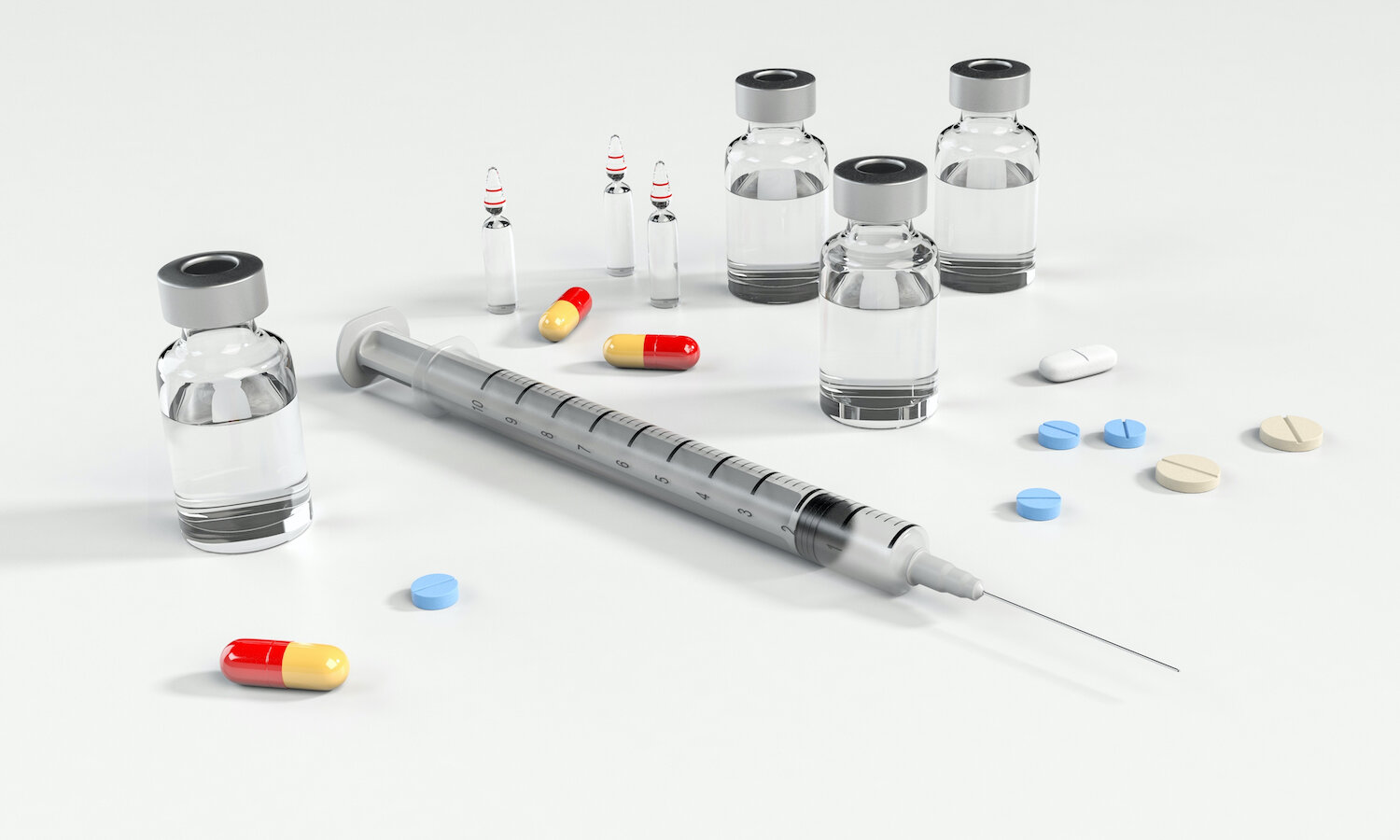Corticosteroid Injections: What Are They and Will They Help My Injury?
Common Uses
Corticosteroid injections are commonly used for conditions such as:
Wrist and elbow tendons (e.g., tennis elbow)
Rotator cuff tendons
Frozen shoulder
Hip and knee osteoarthritis
Achilles and plantar fascia tendons
Other musculoskeletal conditions
From a physiotherapy perspective, the goal of the injection is to reduce pain and swelling just enough to create a “window of opportunity” to improve movement, strength, and function.
Effectiveness
The effectiveness of corticosteroid injections can vary widely depending on:
Condition type and severity
Individual differences
Skill of the clinician administering the injection
Client mindset and subsequent management
Relief may last from a few days or weeks to over a year, but there is no guarantee.
Questions to Consider Before Getting an Injection
Before agreeing to a corticosteroid injection, consider asking:
How many injections have I had?
Where were they administered?
How many injections in one joint?
Did previous injections help?
What are the potential side-effects?
Like all medications, corticosteroids carry risks. Serious side-effects can include bone fracture, infection, and bleeding. Cortisone, the active ingredient, is the same hormone the body produces under stress, which explains why it affects blood pressure and the body’s fight-or-flight response.
What Does the Evidence Say?
Recent research highlights mixed short- and long-term effects of corticosteroid injections:
Short-term effects:
Tennis elbow: definite improvement
Other areas (rotator cuff, wrist, plantar fascia, gluteal tendons): possible benefit
Long-term effects:
Rotator cuff, wrist tendon, plantar fasciopathy, gluteal tendon/bursitis: no clear long-term benefit
Achilles tendinopathy: no long-term benefit, possible increased risk of tendon rupture
Knee and hip osteoarthritis: potential for long-term harm, may accelerate arthritic changes
Even when short-term pain relief occurs, some studies show that long-term harm can appear after six months.
Making an Informed Decision
Before proceeding with an injection, consider:
Is this injection really necessary?
What are the risks at this site?
Are there other options?
By asking these questions, you may identify safer or more effective alternatives, reduce risk, and be more involved in your care decisions. A physiotherapist can also help facilitate communication with your doctor or specialist about your options.
If you’d like to discuss your individual situation with a physiotherapist, book an appointment by clicking the button below.
References:
Orchard JW. (2020). Corticosteroid injections: glass half-full, half empty or full ten empty. British Journal of Sports Medicine.












